Tag: Featured
-
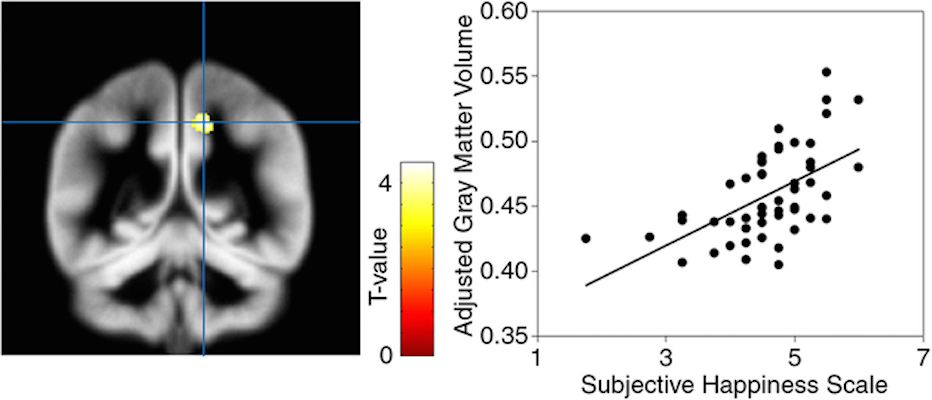
MRI shows structural neural substrate of happiness
Kyoto University’s Wataru Sato has used MRI to understand where happiness happens in the brain. However, the neural mechanism behind how happiness emerges remains unclear. Sato’s recent paper shows that the precuneus, which also becomes active when experiencing consciousness, mediates subjective happiness by integrating its emotional and cognitive components. Participants had MRI brain scans and completed a survey that asked…
-
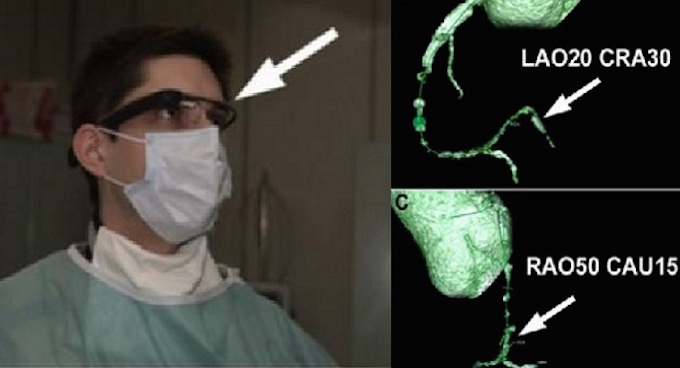
Wearable VR system guides coronary artery surgery
Maksymilian Opolski of the Cardinal Wyszynski Institute of Cardiology used a VR system combining a custom app and Google Glass to clear a blocked coronary artery. The patient had chronic total occlusion, which is difficult to clear with catheter-based percutaneous coronary intervention. Surgeons often cannot visualize the blockage with CTA imaging. The system provided 3D reconstructions of the artery during the procedure,…
-
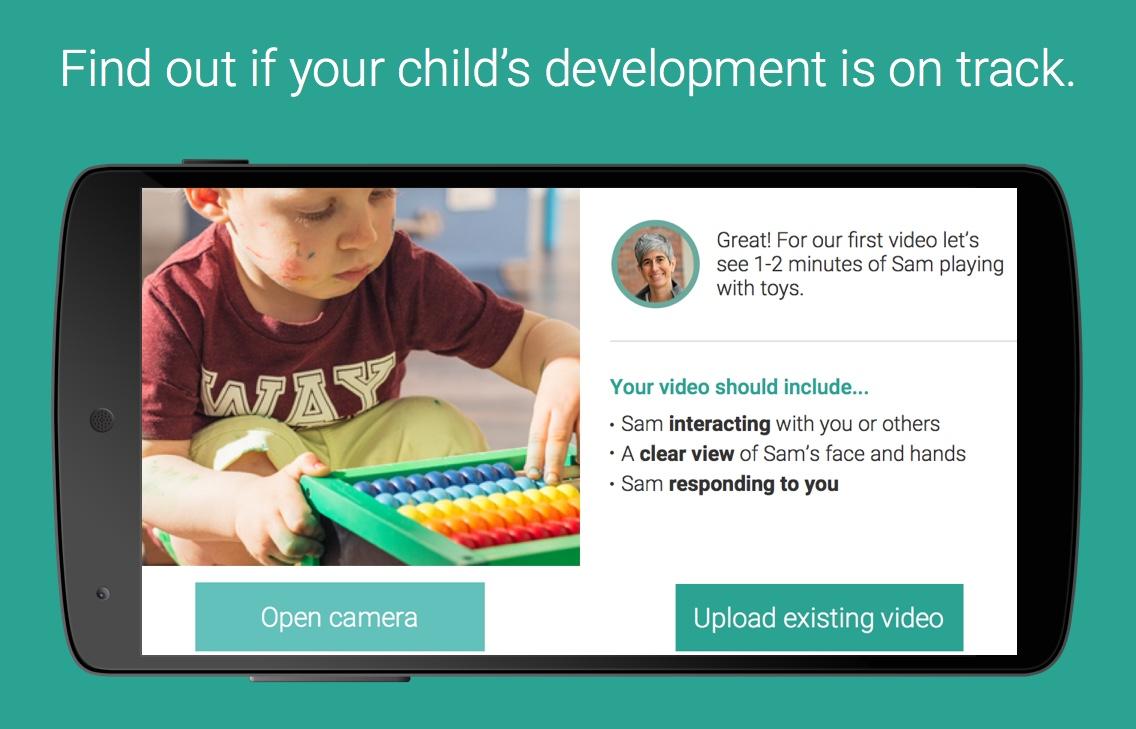
App identifies early signs of autism
Cognoa is an app that asks parents to answer 15 questions about behavior to indicate whether their child is at risk of autism. It is based on data from 10,000 children and validation studies led by Stanford professor Dennis Wall. The system focuses on specific behaviors from standard diagnostic instruments that have the highest value for…
-
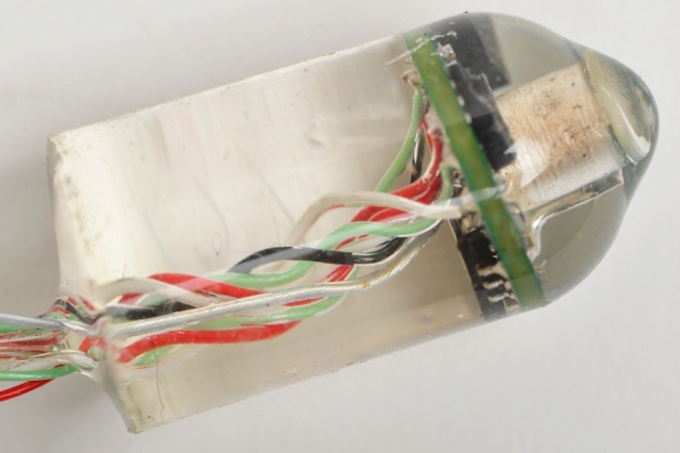
Ingestible sensor continuously monitors heart, breathing rates
MIT researchers are developing ingestible sensors that measure heart and breathing rates from within the gastrointestinal tract using sound waves. This type of sensor could make it easier to assess trauma patients, monitor soldiers in battle, perform long-term evaluation of patients with chronic illnesses, or improve training for professional and amateur athletes, the researchers say.…
-
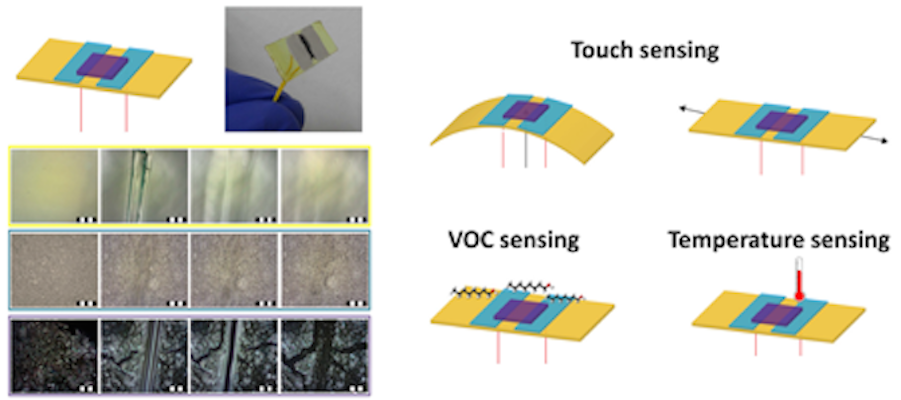
Self-healing sensor improves “electronic skin”
Hossam Haick and Technion colleagues are developing materials to be integrated into flexible electronics that mimic the healing properties of human skin. The goal is to quickly repair incidental scratches or damaging cuts that might compromise device functionality. The synthetic polymer can “heal” electronic skin in one day, which can improve the materials used to…
-
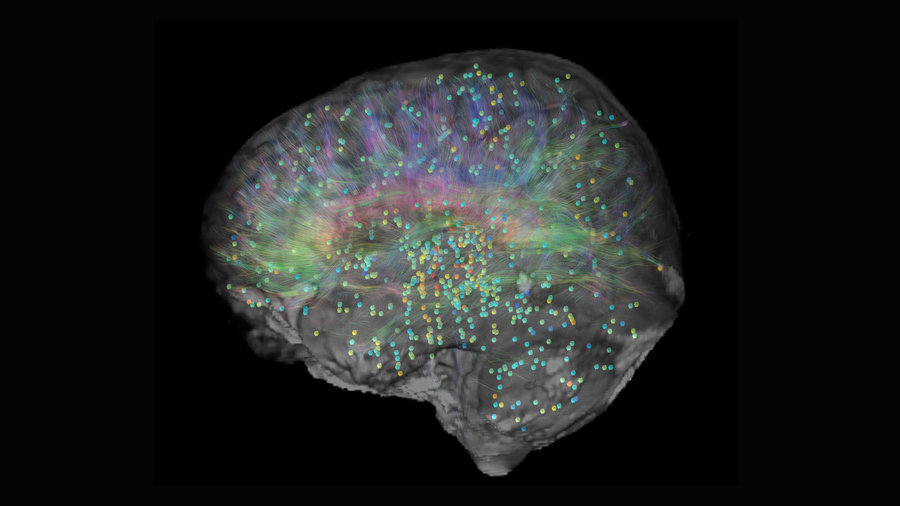
32 gene expression patterns identified in human brains
An Allen Institute study describes a surprisingly small set of patterns that characterize how brains express or use genes. This finding appears to be common to all of us. Genes were ranked by consistency of expression (or usage) patterns across each brain studied. The relationship of these genes to one another, and to brain function…
-
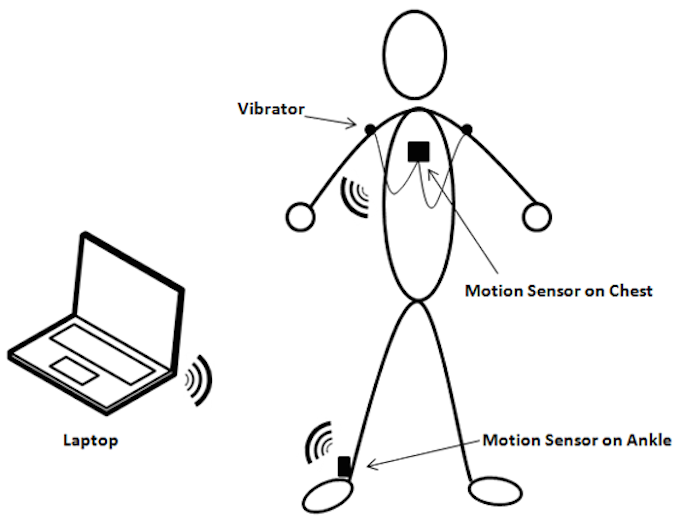
Gait monitoring wearable to prevent senior falls
Roozbeh Jafari and Texas A&M colleagues are developing a gait monitoring wearable to prevent senior falls. The system will analyze multiple sway and gait parameters while one walks or stands on one leg. Users will receive auditory and vibration feedback to reduce an unsafe sway and prevent falls. The wearable will be worn on the…
-
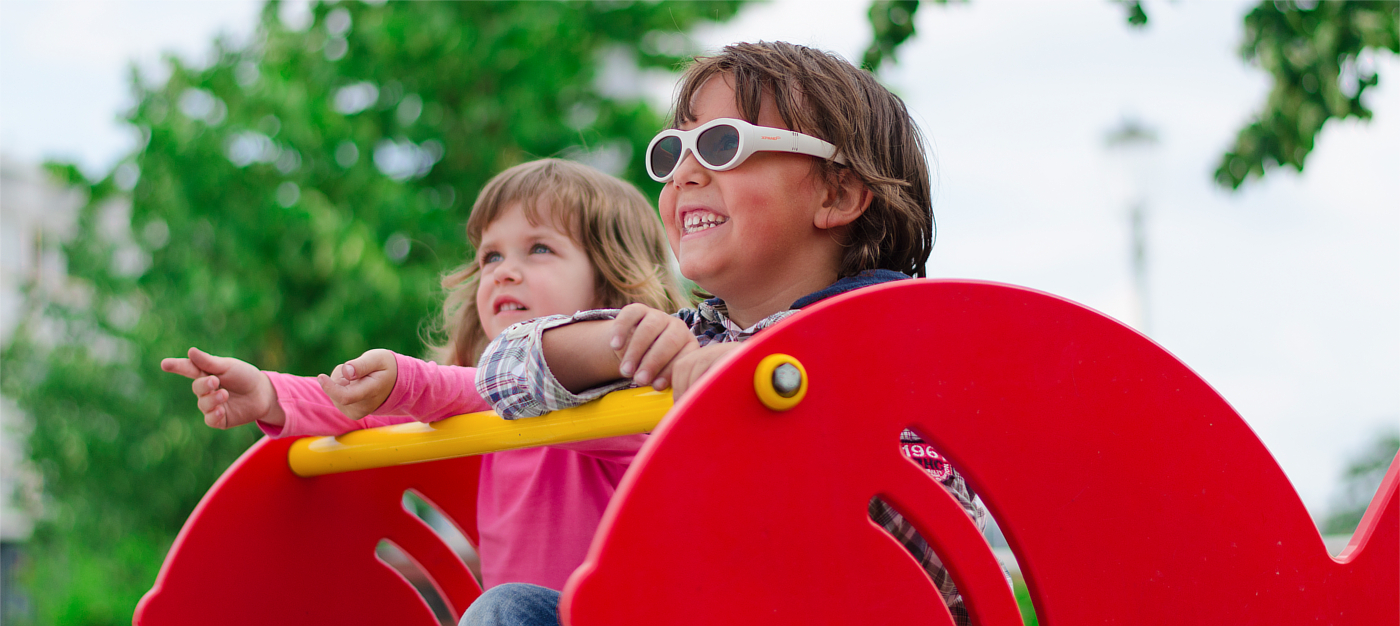
LCD glasses treat amblyopia, correct vision
Amblyz are programmable LCD glasses that can treat amblyopia (colloquially known as “lazy eye”). Instead of patching, the lens over the affected eye would go dark for a few seconds out of every 30 during the prescribed patching period. As children with amblyopia often have astigmatism or nearsightedness, the glasses simultaneously corrects vision (when not…
-
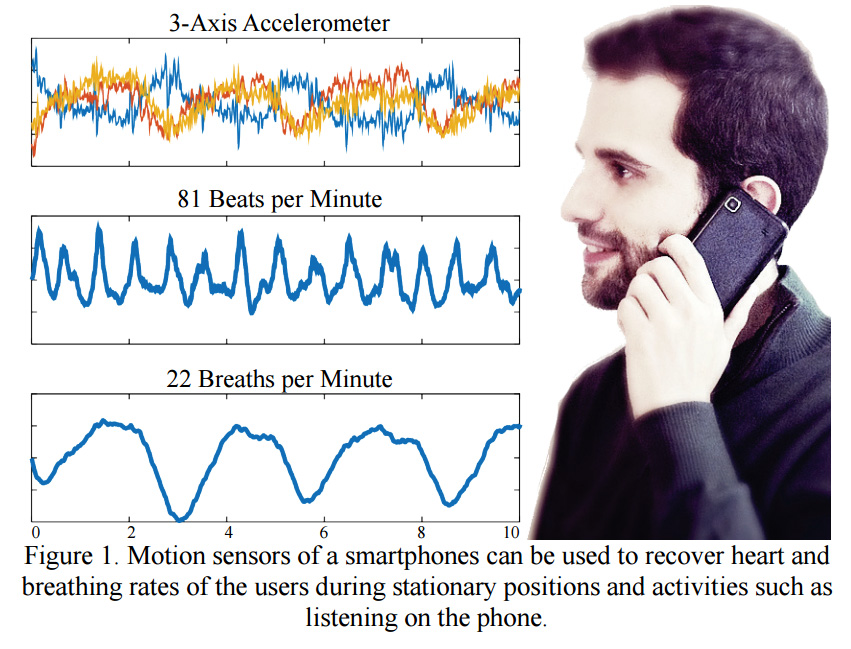
Phone tracks health with out wearable sensors
Javier Hernandez Rivera of Rosalind Picard‘s Affective Computing Group at MIT is developing a health monitoring phone that does not require a wearable. BioPhone derives biological signals from a phone’s accelerometer, which the team says captures small body movements that result from one’s heart beating and chest rising and falling. Hernandez said that BioPhone is meant…
-
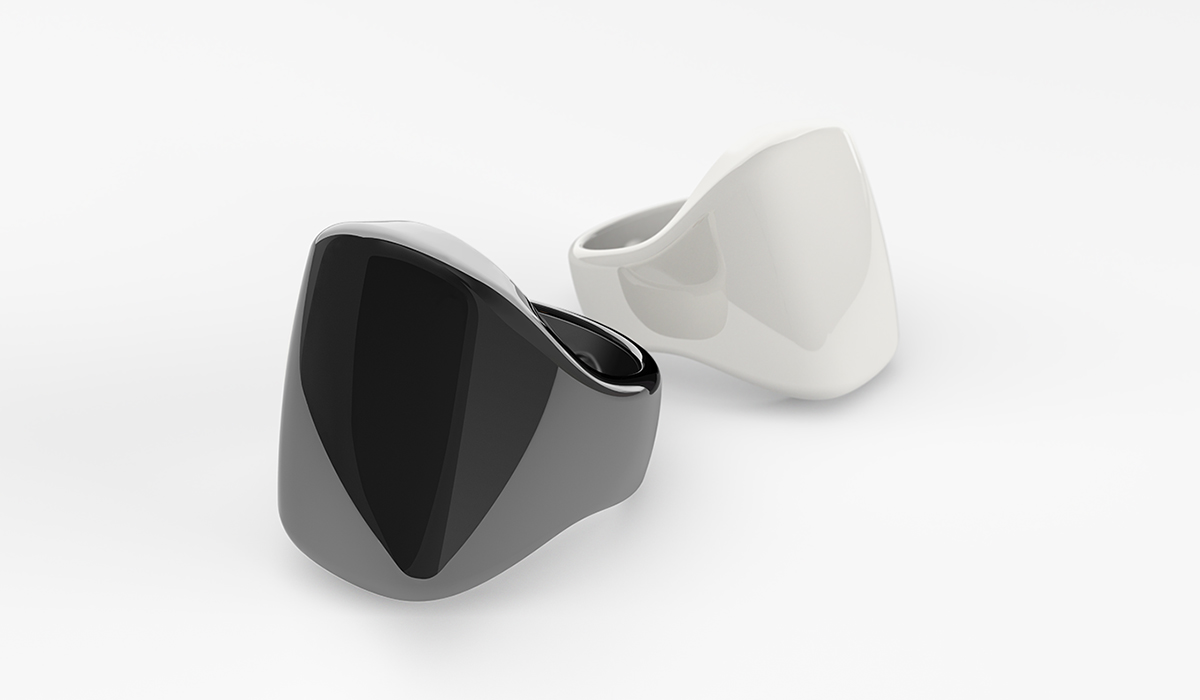
Ring monitors vitals 24/7, makes sleep improving suggestions
Oura ring is a crowdfunded wearable that monitors heart rate, respiration, temperature, and movement, including time spent sitting. The ceramic ring uses Bluetooth to share data with the accompanying app, which makes activity suggestions to improve sleep. It also provides a “readiness score,” which the company claims alerts a user of his/her peak physical and mental…
-
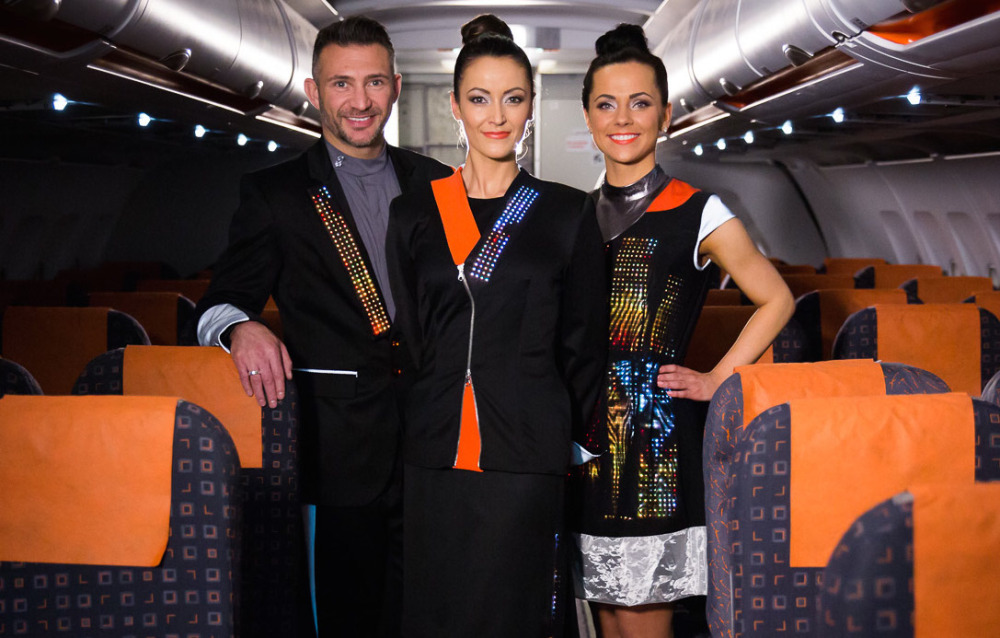
Smart airline uniforms improve passenger safety
easyJet has partnered with CuteCircuit to create sensor embedded crew uniforms to improve passenger safety. Cabin crew uniforms have shoulder LEDs and illuminated hems to provide lighting. Lapel LEDs display fight numbers, and microphones in the fabric enable immediate communication. Engineers’ uniforms have LEDs in jacket hoods to illuminate work areas, and built in cameras…
-
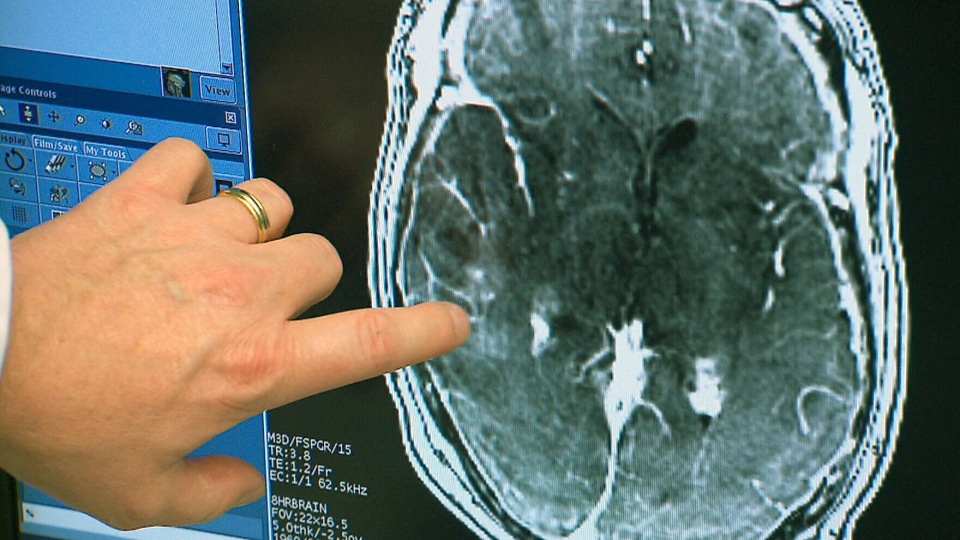
Ultrasound penetrates blood-brain barrier to treat brain tumor
Todd Mainprize at Sunnybrook Hospital has, for the first time, delivered chemotherapy directly to a brain tumor, by breaking through the blood-brain barrier using tightly focused ultrasound. The patient’s bloodstream was infused with a chemotherapy drug, as well as microscopic bubbles, which are smaller than red blood cells and can pass freely through blood. MRI-guided, low intensity sound…